Playing video games is a highly addictive hobby. It's not uncommon to find ourselves thinking about playing or continuing to play that incredible game we're having so much fun with while on the bus or subway. These days, it's easy to pick up your phone and play something quick and casual, or even open an emulator and start playing a modern or retro game.
However, a few years ago, it wasn't so simple. Previously, portable consoles weren't as powerful or offered experiences equal to those of home consoles, but they had their own advantages and even many exclusive games.
The history of portable consoles is marked by bold attempts, resounding successes, and failures, but they’ve always pushed technology forward and transformed how we play. From the first simple, almost experimental devices in the 1970s and 1980s to the hybrid concept popularized by the Nintendo Switch in 2017, each generation has left its mark on the market and on gamers.
Over the course of more than four decades, handhelds haven’t only kept pace with the evolution of home consoles, but also set their own trends, exploring formats, controls, and even gameplay styles that would later be incorporated into other platforms. Let's talk about the evolution of handheld consoles, and if you have any questions, leave a comment.
Microvision and Game & Watch — 1979–1980
The first console considered portable came out in 1979, when Milton Bradley launched the Microvision. It’s considered the first portable console with interchangeable cartridges and although limited in hardware and with a very simple LCD screen, it pioneered the idea of a portable video game in which you could play different games, even though its catalog was small and its durability wasn’t so good.
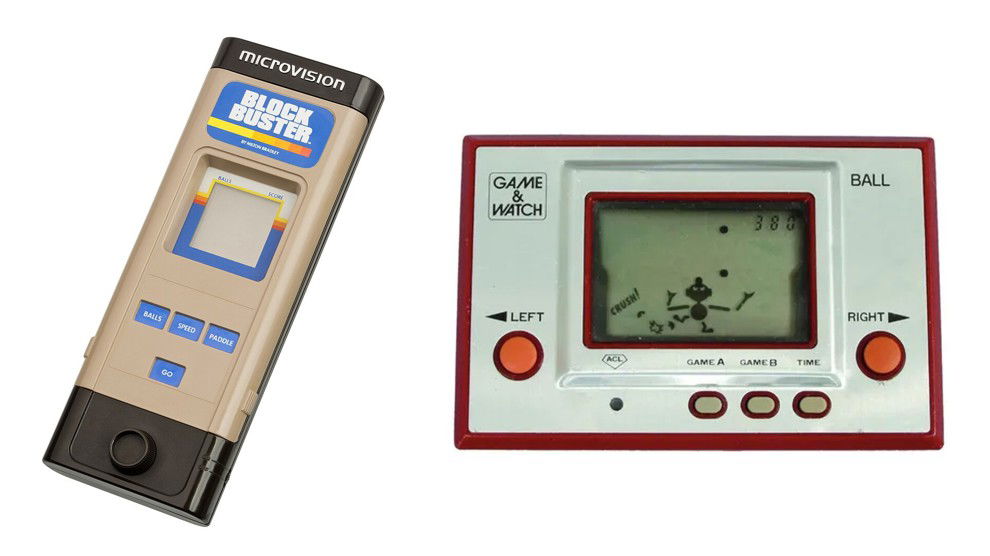
As early as 1980, Nintendo entered the industry with the Game & Watch series, created by Gunpei Yokoi. Each device featured just one game, displayed on an LCD screen, but it was an immediate success. Besides its simplicity, the line innovated by including a D-Pad that would become an industry standard. Between 1980 and 1991, the Game & Watch sold over 43 million units worldwide, making Nintendo a reference in handheld gaming and laying the foundation for what would come later.
Game Boy and Variations — 1989–2001
In 1989, Nintendo released the Game Boy, an 8-bit handheld that focused on battery life and durability over advanced hardware. Gunpei Yokoi was once again responsible for the design, applying his philosophy of "lateral thinking with withered technology"—that is, using affordable and reliable technology instead of expensive and fragile features.
The result was an absolute success. The original Game Boy sold millions, fueled by the Tetris phenomenon and the popularity of franchises like Super Mario Land and Pokémon Red/Blue. In 1998, the line evolved into the Game Boy Color, which maintained compatibility with older games, and in 2001, the Game Boy Advance, which offered more advanced graphics, comparable to those of the Super Nintendo.
In total, the Game Boy family sold over 200 million units (including the Game Boy, Color, and Advance), completely dominating the handheld market for over a decade.
Game Gear — 1990–1997
The Game Gear, released in 1990 by Sega, was the company's big bet to challenge the Game Boy's absolute dominance. Unlike Nintendo's handheld, which focused on simplicity and long battery life, the Game Gear sought to impress with its hardware: a 3.2-inch backlit color screen capable of displaying vibrant graphics, something no direct competitor had at the time.
In practice, it was a portable Master System, compatible with several of its games via adapters, which guaranteed an initial base of titles. Furthermore, it included features like a portable TV tuner (sold separately), allowing the console to be transformed into a mini television—a fairly innovative feature for the time. However, this sophistication came at a price: the Game Gear consumed six AA batteries and offered a maximum of three to five hours of play, compared to the Game Boy's 10 to 15 hours. This limitation weighed heavily on its reception, as it was limited by its portability.
In terms of games, Sega managed to offer well-known franchises like Sonic the Hedgehog, Shining Force, and Columns, but still didn't match the immense variety of its rival. In total, the Game Gear sold approximately 10.6 million units, a significant number, but small compared to the Game Boy's overwhelming dominance. Production ceased in Japan in 1997, but in some Western markets, support continued on a remnant basis until 2001, when Sega abandoned the hardware altogether.
Despite its problems, the console became remembered as one of the most ambitious handhelds of the 1990s, a symbol of Sega's philosophy of investing in technological innovation to rival Nintendo.
Competition of the 90s — 1989–1999
In the same period, Atari bet on the Lynx (1989), the first portable with a backlit color screen. Although technologically advanced, with hybrid 8- and 16-bit hardware, the Lynx failed to compete with the Game Boy and was limited to around 2 million units sold.
In Japan, Bandai released the WonderSwan in 1999*, created in collaboration with Gunpei Yokoi after his departure from Nintendo. The console was well-received locally, selling around 3.5 million units in both black and white and color versions, but it never quite competed with the Game Boy.
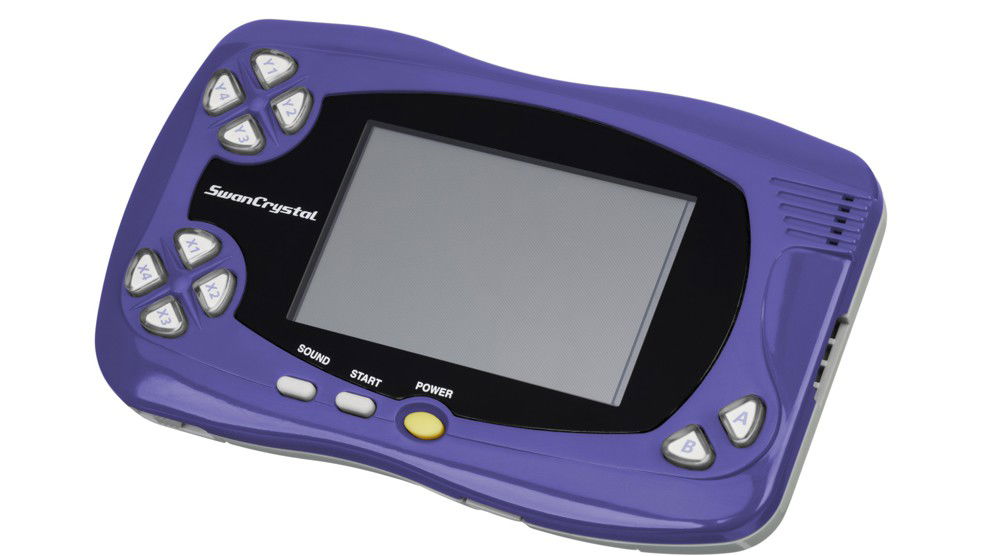
Another important competitor was SNK's Neo Geo Pocket Color, also released in 1999. The handheld had a "nub"-shaped directional pad praised for its precision and hosted franchises such as The King of Fighters and Samurai Shodown, but it couldn't withstand Nintendo's power and was discontinued in 2001, after SNK's bankruptcy.
In addition to the Game Boy, Nintendo also launched a bold experiment: the Virtual Boy. Released in 1995, it promised three-dimensional graphics on a stereoscopic red-and-black screen. However, the console wasn't truly portable—it had to be placed on a table—and caused visual discomfort for many players.
With few games and a high price, the Virtual Boy quickly failed, selling only 770,000 units worldwide. It's still considered one of Nintendo's biggest missteps, but it serves as an example of its willingness to take risks.
Alternative Attempts — 2003–2005
In the 2000s, several companies attempted to combine telephony and gaming in a single device. The best-known case was the N-Gage, launched by Nokia in 2003. It combined a cell phone and a laptop, but had a clumsy design: changing cartridges required removing the battery, and phone calls were made with the device on its side, which actually became the reason for many jokes. Sales were only a few hundred thousand units, and the project was shut down in 2005, but it even had a Sonic game.
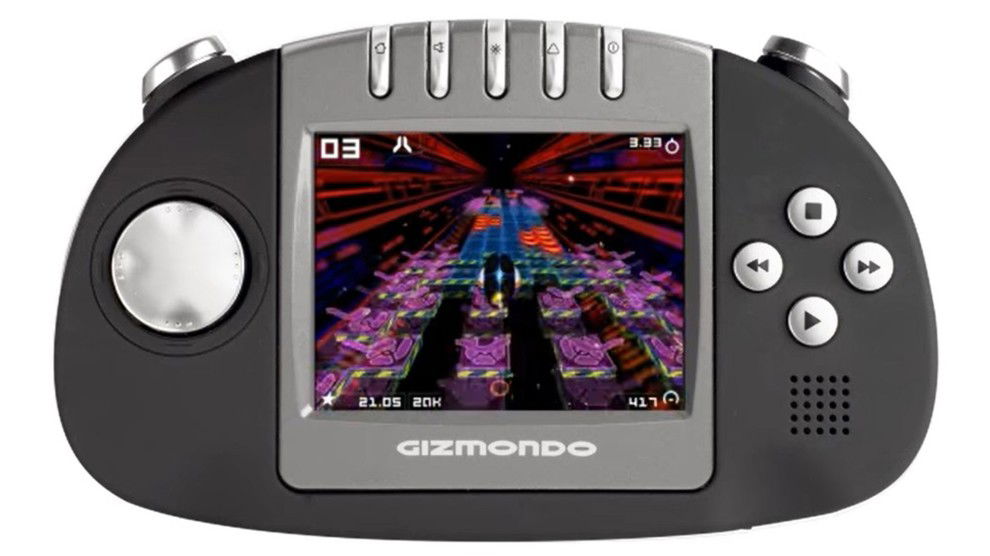
Another example was Gizmondo (2005), from Tiger Telematics. Despite promising features like GPS and an integrated camera, the console was a commercial disaster, selling fewer than 25,000 units. Today, it's remembered more as a curiosity than as a real competitor.
Nintendo DS and 3DS — 2004–2011
In 2004, Nintendo released the Nintendo DS, which featured two screens (the bottom one being touch-sensitive) and an integrated microphone. The console focused on innovative experiences, attracting both casual and veteran gamers. Titles like Nintendogs, Brain Age, Mario Kart DS, and Pokémon Diamond/Pearl helped make the DS the best-selling handheld in history, with 154 million units sold.
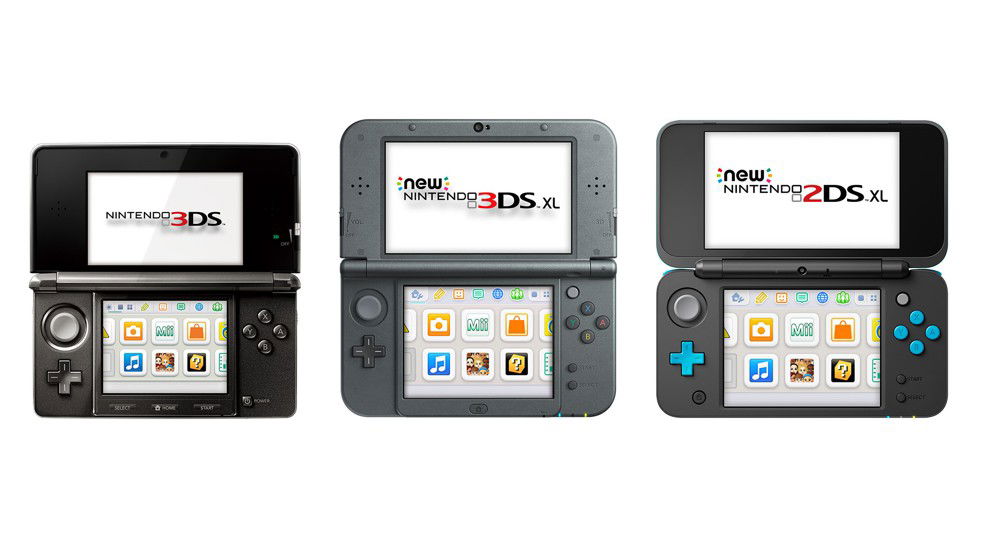
The successor, Nintendo 3DS, arrived in 2011, adding three-dimensional graphics without the need for special glasses. Despite a rocky start, the console won over the public with games like Pokémon X/Y, Luigi's Mansion 2, and Animal Crossing: New Leaf, ending its run with 75.9 million units sold.
Sony PSP and PS Vita — 2004–2011
During the same period, Sony entered the portable market with the PlayStation Portable (PSP), released in 2004/2005. With a widescreen display, advanced graphics, and UMD media support for games and movies, the PSP sold around 76 million units, bringing franchises like God of War, Gran Turismo, and Monster Hunter to the palm of our hands.
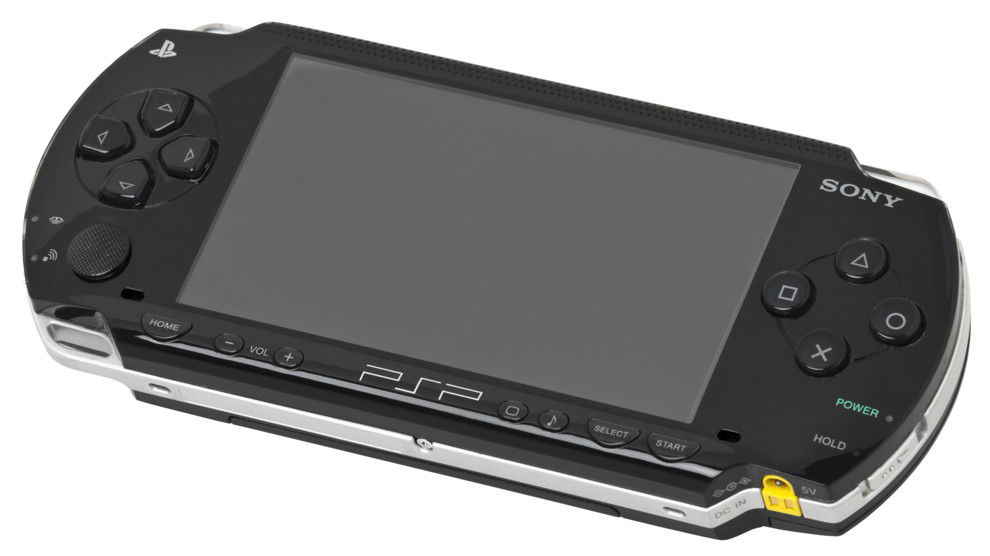
Its successor, the PlayStation Vita (2011), featured an OLED screen, rear touchpads, and integration with the PlayStation 3 and 4. Despite its impressive hardware, the Vita had disappointing sales—estimated at between 10 and 15 million—and was overshadowed by the rise of smartphones and tablets as gaming platforms.
Nintendo Wii U — 2012
The Wii U, released in 2012, wasn't exactly a portable console, but it did feature the GamePad, a controller with its own screen that allowed you to play away from the TV in certain cases. The idea anticipated the hybrid concept, but the execution failed: consumers didn't understand it was a new console and thought it was an accessory for the Nintendo Wii, few games fully exploited the feature, and the library was limited.
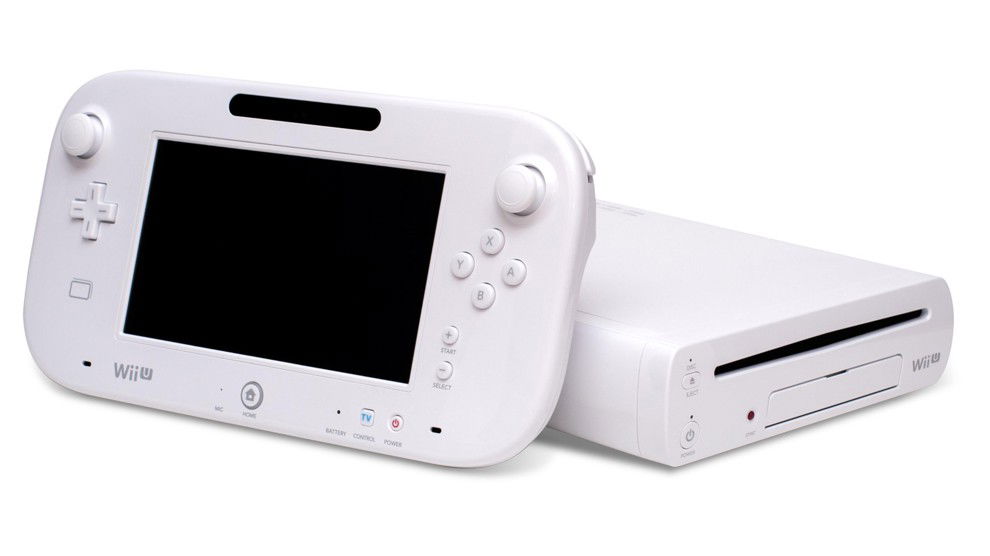
Ultimately, the Wii U remains a curious chapter in Nintendo's history: not a commercial success, but a laboratory of ideas that would directly inspire the development of the Nintendo Switch and cement concepts that are now standard in modern hybrids. The Wii U sold only 13.5 million units, making it the least successful console in Nintendo's history.
Even though adoption was low, it paved the way for future experiments and demonstrated the company's willingness to experiment with outside-the-box ideas.
Nintendo Switch — 2017
In 2017, Nintendo finally got it right with the Nintendo Switch, a true hybrid between a home console and a handheld. With detachable Joy-Con controllers and the ability to play on both a TV and in handheld mode, the Switch became a worldwide phenomenon.
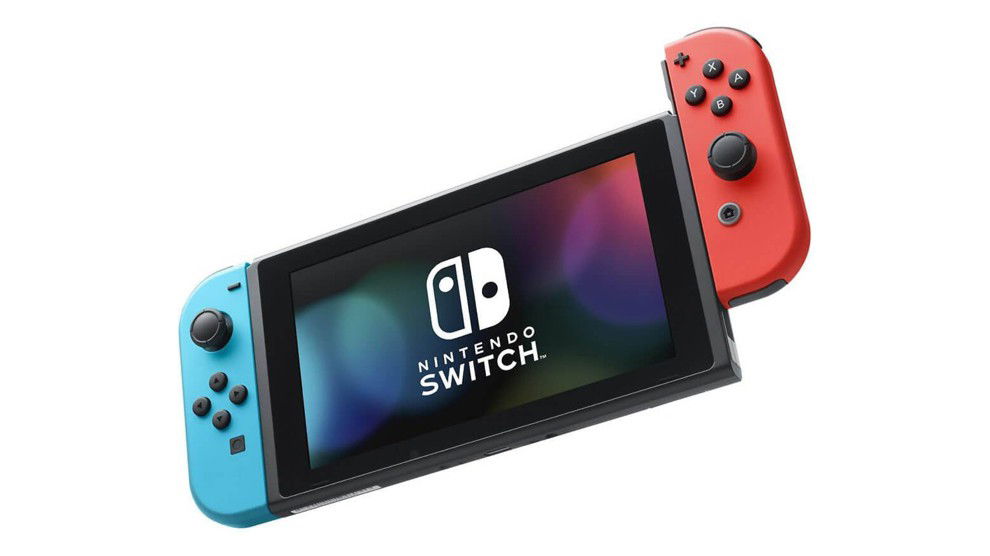
By 2025, the console had sold over 153 million units, rivaling the biggest hits in the industry's history. Games like The Legend of Zelda: Breath of the Wild, Super Mario Odyssey, Pokémon Sword/Shield, and Animal Crossing: New Horizons helped cement its popularity. Furthermore, variants like the Switch Lite (focused on portable use) and the OLED model expanded the lineup and kept the console relevant for years.
As for Nintendo Switch 2, the new console brought significant improvements, including a 7.9-inch LCD screen with HDR support and up to 120 fps, as well as backward compatibility with original Switch games, with graphical improvements and several games already confirmed, including Pokémon Legends: Z-A, Mario Tennis Fever and Yoshi and the Mysterious Book.
The Present and Future of Handhelds — 2020–2025
The Switch's success has opened the door to new ideas. Retro handhelds like the Evercade and Analogue Pocket brought back nostalgia with modern hardware. At the same time, portable PCs like Valve's Steam Deck have shown that there's an audience for more powerful devices capable of running computer games anywhere.
The smartphone industry also continues to influence the market, with increasingly sophisticated mobile titles and accessories that transform phones into true gaming laptops. Still, dedicated consoles remain strong, demonstrating that the format has a place even in a world dominated by multi-function devices.
Conclusion
From early experiments with simple screens and unique games to the sophistication of hybrid systems, the evolution of handheld consoles reflects the industry's constant search for new ways to play. The Game Boy set the standard, the DS expanded the audience with creative innovations, the PSP demonstrated the potential for experiences closer to home consoles, and the Switch solidified the idea that portability can coexist with power and high-quality games.
The path to this point has been marked by victories and setbacks, but one thing is certain: handheld consoles have shaped the history of video games and continue to play an essential role in how people interact with this content. From 1979 to 2025, the evolution of this sector is a testament to the creativity, boldness, and resilience of companies that decided to embrace the power of playing anywhere.











— 评论 0
, 反应 1
成为第一个发表评论的人